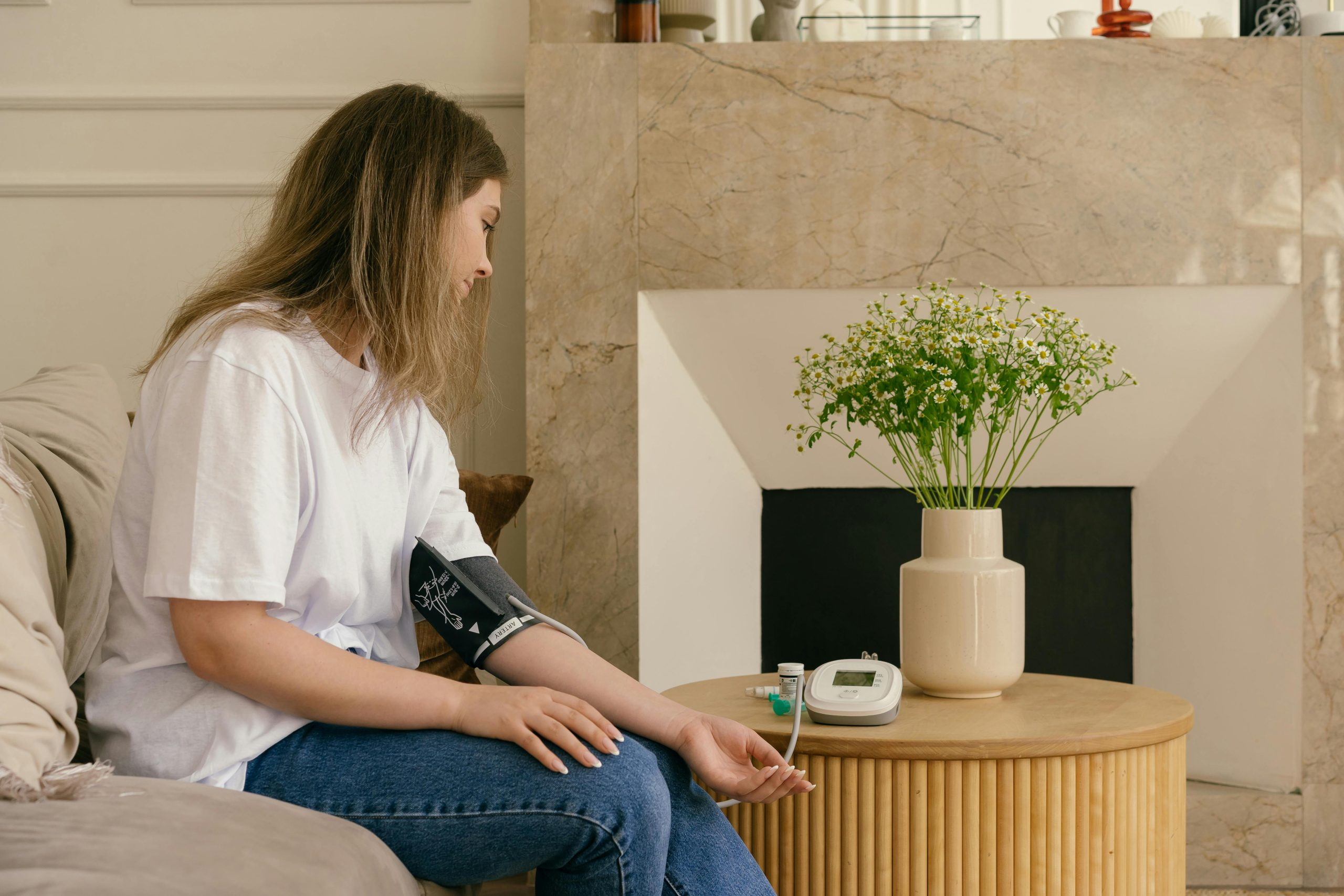Wearable ECG and Blood Oxygen Monitors: Medical-Grade at Home
Wearable ECG and blood oxygen monitors have become a game-changer in the healthcare industry, especially in today’s pandemic-stricken world. These medical-grade devices allow patients to monitor their heart’s activity and blood oxygen levels in the comfort of their own home. With rising healthcare costs and limited access to medical facilities, wearable monitors offer a convenient and cost-effective solution for those in need. In this article, we will explore the benefits of wearable ECG and blood oxygen monitors and how they are revolutionizing at-home medical care.
The Need for Wearable ECG and Blood Oxygen Monitors
The heart is one of the body’s most vital organs, and any abnormal activity can be life-threatening. At-home ECG monitors have been around for a while, but they require patients to hook up multiple wires and lie still for a few minutes. This process can be inconvenient and uncomfortable, leading to inaccurate readings. Additionally, traditional ECG monitors do not track blood oxygen levels, which is a critical measurement for overall health.
The current global health crisis has amplified the need for remote monitoring of heart activity and blood oxygen levels. COVID-19 primarily affects the respiratory system, leading to a decrease in blood oxygen levels. Regular monitoring of oxygen saturation levels is crucial for early detection and timely treatment of COVID-19. Wearable ECG and blood oxygen monitors provide a non-invasive and efficient way to track these vital signs at home.
How Wearable ECG and Blood Oxygen Monitors Work
ECG Monitors
Wearable ECG monitors come in various forms, from wristbands to chest straps. These devices use sensors to detect and record the heart’s electrical activity. The data is then transmitted wirelessly to a smartphone app or a computer for analysis. Most ECG monitors also come with a built-in heart rate monitor, providing a more comprehensive view of the heart’s health. These monitors can also track heart rate variability, which is essential for detecting any irregular heart rhythms.
Blood Oxygen Monitors
Wearable blood oxygen monitors, also known as pulse oximeters, are small devices that clip onto a patient’s finger. They use light sensors to measure the amount of oxygen in the bloodstream. These monitors provide a quick and painless way to measure oxygen levels, making them ideal for at-home use. The data is then synced to a smartphone app or a computer for monitoring and tracking.
The Benefits of Wearable ECG and Blood Oxygen Monitors
Convenience and Accessibility
One of the most significant advantages of wearable ECG and blood oxygen monitors is their convenience. Unlike traditional ECG machines, which require a technician’s assistance, these monitors are simple to use and do not require any special skills or training. Patients can easily track their vital signs at any time, providing a more comprehensive picture of their overall health.
Furthermore, wearable monitors offer better accessibility, especially for patients living in remote areas or those with limited mobility. They eliminate the need for frequent visits to the doctor’s office or hospital, saving patients both time and money.
Early Detection and Prevention
Regular monitoring of heart activity and blood oxygen levels can detect any abnormal readings early on, allowing for prompt treatment and prevention of serious health issues. For example, patients with heart conditions can use ECG monitors to track any changes in their heart’s activity, preventing potential heart attacks or strokes. Blood oxygen monitors can also detect early warning signs of respiratory illnesses, such as COVID-19, allowing patients to seek medical attention before the situation worsens.
Cost-Effective
Wearable ECG and blood oxygen monitors are significantly more affordable than traditional machines, making them accessible to a wider range of patients. With these devices, patients no longer have to pay for frequent doctor visits or hospital stays to monitor their vital signs. This not only saves money for the patient but also reduces the burden on the healthcare system.
Conclusion
In conclusion, wearable ECG and blood oxygen monitors have revolutionized at-home medical care. They offer a convenient, cost-effective, and accessible way for patients to track their heart activity and blood oxygen levels. With the current global health crisis, these devices have become even more critical for early detection and prevention of serious health issues. By investing in a wearable ECG and blood oxygen monitor, patients can take control of their health and improve their overall well-being.










